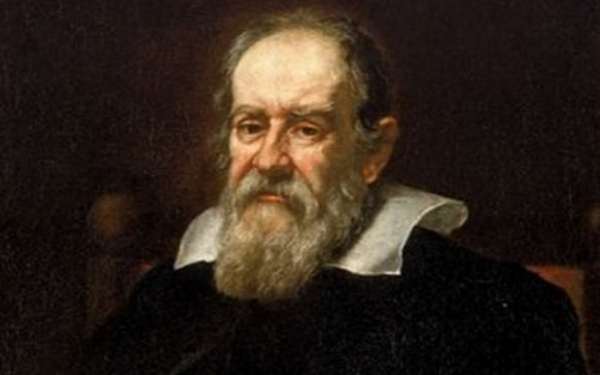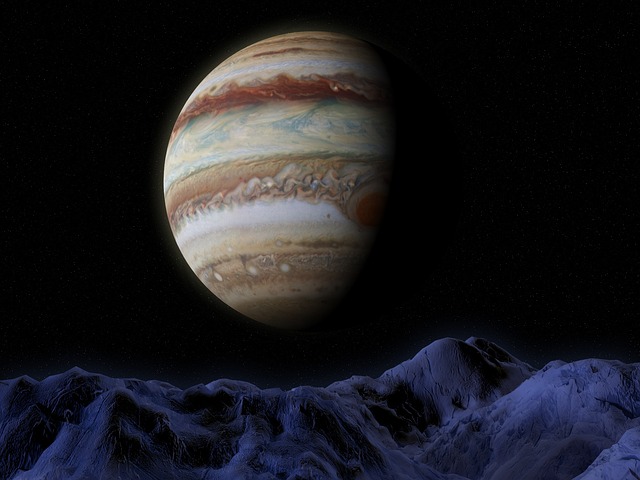Tag: Jupiter
-
Galileo Galilei Facts for Kids | Father of Modern Physics
Galileo Galilei was a famous physicist, astronomer, mathematician and philosopher of Italy. During 14th and 17th centuries, he made some revolutionary discoveries in the field of physics and astronomy. Due to his remarkable achievements, Galileo is rightly regarded as the father of observational astronomy. In the field of astronomy, he discovered the four largest satellites of Jupiter;…
Written by

-
Jupiter Facts For Kids | Top 20 Amazing Facts
Being massive, Jupiter stands as the largest planet in the solar system. It is also the fifth planet from the sun. The planet Jupiter is classified as a Gas Giant together with other similar planets including Neptune, Uranus, and Saturn. These four planets are combined to call Jovian planets. The planet was discovered in the…
Written by

